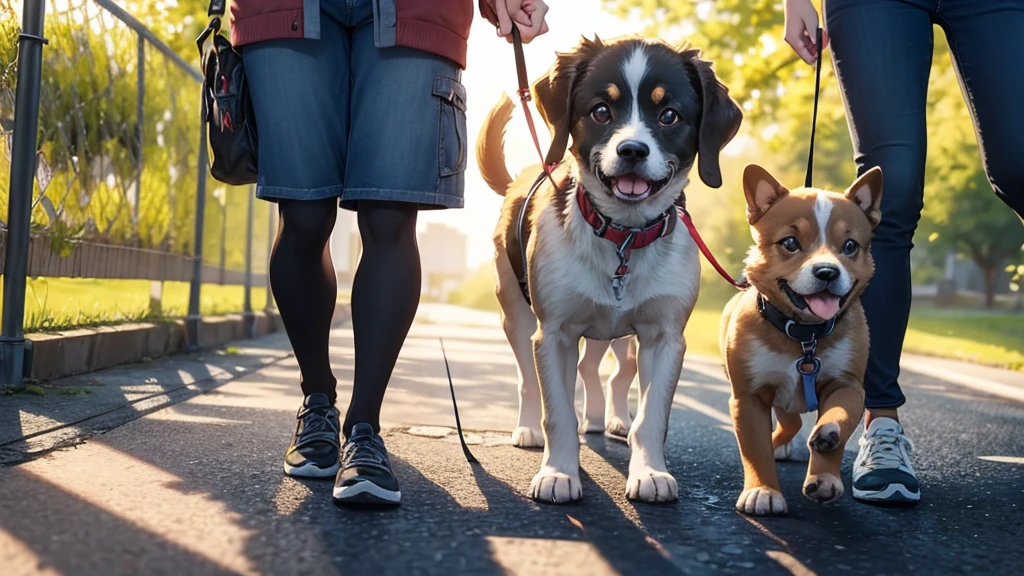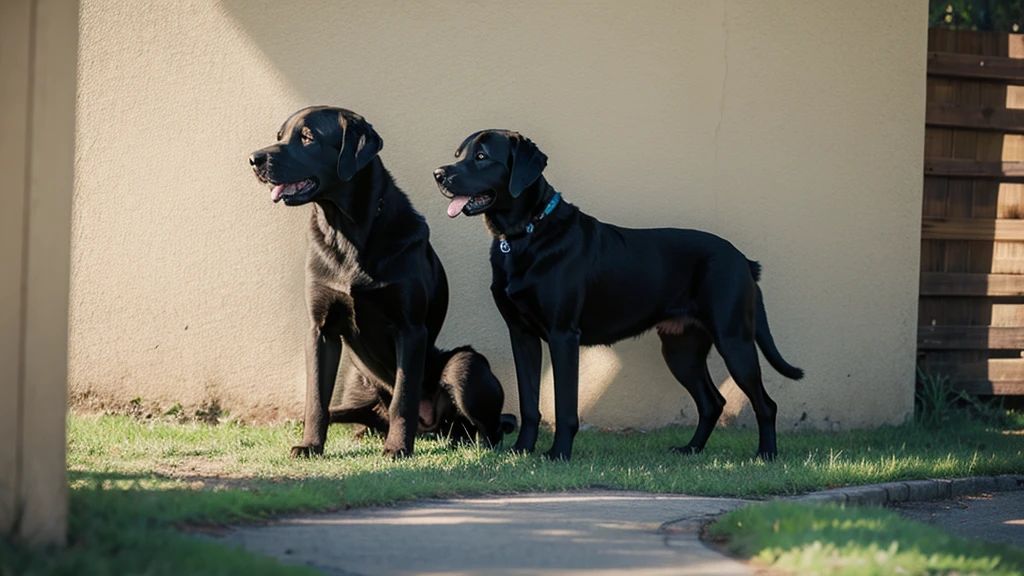Congratulations on your new furry friend! Puppies bring immense joy, but they also require training. A crucial skill is walking on a leash, which makes outings fun for both of you. This guide will walk you through the process, from introducing the leash to solving common leash-pulling problems.
Building positive associations
The foundation of successful leash training lies in creating positive associations with the leash and collar. Let your pup wear them indoors for short periods while he plays and offers you treats. This creates a joyful connection between the belt and fun.
Entering a signal
Then, set a beep that indicates an upcoming gift. Clickers, words like “yes,” or even a click with the tongue can work. Make the sound in a quiet area, with your puppy on a leash. As soon as your pup turns around or looks at you, reward him with a treat. After the repetitions, they not only look at you, but also come closer to receive the reward.
Teaching “Come”
When your puppy approaches you on a leash, take a few steps back and reward her when she catches up. Gradually increase the distance, associating the signal with approaching while on a leash. Keep sessions short and positive and end when your pup is hungry for more and isn’t exhausted.

Indoor exercise makes perfect
Now that your puppy understands “come,” practice walking short distances indoors with minimal distractions. The feel of the belt itself can be challenging at first. Offer treats and praise when your puppy comes to you on the leash, as previously practiced.
Go outside
The outdoors awaits you! However, it brings with it new challenges: sights, sounds and smells that fascinate and distract your pup. Be patient and keep the first few walks short. If your pup seems ready to lunge or get distracted during walks (keep a close eye on him!), sound the cue and take a few more steps forward. Reward him with a gift for following you.
Fix common problems
Even well-trained puppies can face challenges as they grow and explore new environments. Here’s how to address some common belt training problems:
Pulling: If your dog pulls on the leash, transform yourself into a ‘tree’. Stay still and wait for them to come back to you. Do not pull, pull, or drag the leash. Front hook harnesses or halters can be helpful for hikers.
Lunging: Be proactive: direct your dog’s attention toward a treat before he lunges toward something (another dog, a car, etc.). Increase the distance between your dog and the object of his interest. Stay alert and prepared before the trigger gets too close. Shepherd breeds may be more prone to lunging, but any dog can become frightened by something unfamiliar or exciting.
Barking: Some dogs bark at other dogs during walks. This is often due to a lack of exercise. Make sure your dog gets enough physical and mental stimulation appropriate for her age and breed. If the barking persists, use the same technique as avoiding: create distance and offer him a treat before he starts barking. This way, he will learn to focus on you whenever he sees another dog.
Reward good behavior
Gradually reduce the frequency of treats and problem-solving needed during walks. However, it is advisable to have some treats on hand to reinforce good leash walking behavior.
Seeking additional help
Puppy training can be challenging, and sometimes expert guidance is invaluable. Consider using AKC GoodDog! Helpline is a live phone service that connects you with professional trainers offering personalized advice on a variety of puppy training topics, from leash walking to potty training and behavior problems.
Remember that patience, consistency, and positive reinforcement are the keys to successful leash training. With dedication and this guide, you’ll be enjoying wonderful walks with your well-mannered pup in no time!




Your expertise really shines through in this post.